Induction heating, as a new type of heating method in heat treatment, is highly favored in the heat treatment industry compared to traditional heating methods. Its characteristics of high efficiency, energy saving, simple operation, and the possibility of automation have made it a top choice in many industry applications.
Induction Heating Principle
When a metal workpiece is placed in a coil through which alternating current flows, using the principle of electromagnetic induction, an induction current similar to an eddy current is generated on the surface of the metal workpiece under the action of the alternating magnetic field. This causes the surface of the workpiece to heat up rapidly, reaching the required process temperature within a few seconds.
The development of induction heating principle mainly benefits from its surface effect and ring effect:
Surface Effect
When an alternating current coil passes through a metal workpiece, the current density on the surface of the workpiece is larger, and the current density inside the workpiece is smaller. The higher the frequency of the alternating current, the greater the difference in current density between the inside and the outside of the cross-section of the workpiece. The current is more concentrated on the surface of the workpiece, and the rapid heating position is also concentrated on the surface. This phenomenon is called the surface effect.
Ring Effect
When a ring-shaped coil is passed through by an alternating current, the maximum current density is distributed on the inside of the ring-shaped coil. The induction heating effect inside the ring is strong, while the induction heating effect far from the ring is weak. This effect is advantageous for local heating and reduces unnecessary heat-affected zones. Induction coils are mostly made of pure copper tubes with internal water cooling. Their shapes are generally determined according to the heating position of the workpiece and are not always ring-shaped; they can also be disc-shaped, strip-shaped, etc. Regardless of the shape of the induction coil, the ring effect is followed, i.e., the induction heating effect is strong near the coil and weak far from the coil. Selecting an appropriate induction coil can ensure a uniform temperature of the heating layer on the surface of the workpiece.
Induction Heating Applications
Induction heating can generally be used for partial induction quenching, annealing, tempering, and other processes of workpieces
The most extensive application of induction heating is in induction hardening, where the workpiece is rapidly heated to the transformation temperature within a short time and then quickly cooled
In the induction hardening process, based on the heating frequency, it can be divided into power frequency, medium frequency, ultrasonic frequency, and high frequency. The corresponding heating frequency is often chosen according to the service conditions of the workpiece or the effective depth of the hardened layer required by the drawing to ensure the best processing efficiency and cost
The higher the frequency, the greater the difference in current density between the inside and outside of the workpiece cross-section, the shallower the depth of the surface hardened layer, and this method can effectively control the depth of the hardened layer
Power affects the heating speed; the greater the power, the faster the heating speed, and the shorter the time to reach the required temperature
The temperature of the induction heating workpiece varies according to the production process. Generally, the approximate temperature range can be estimated based on the color exhibited by the workpiece during heating. A slightly dark red color corresponds to a temperature range of 580-650℃. Infrared thermometers can also be used to detect the surface temperature to ensure the accuracy of the production temperature
There are many other application fields for induction heating, such as brazing, welding pipe seams, etc. According to the processing requirements and processing parts of the parts, choosing the appropriate processing technology, matching induction coils, fixing the heating position, and continuously adjusting and optimizing the parameters of frequency, power, and heating time, can ultimately achieve the required performance of the parts.

 en
en  cn
cn  jp
jp  ko
ko  de
de  es
es  it
it  ru
ru  pt
pt  th
th  vi
vi  pl
pl 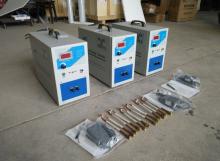

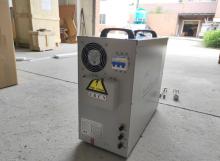
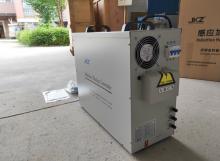
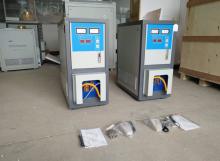
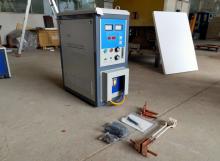
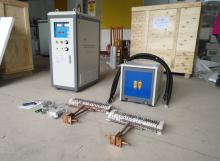
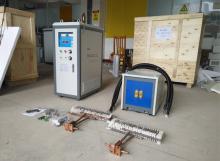
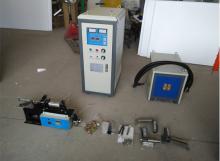
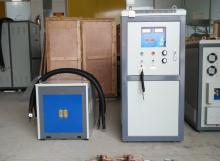

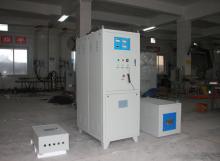
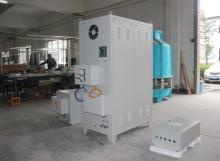

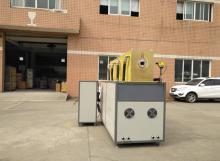
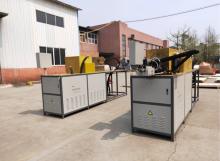
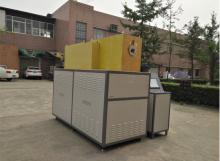

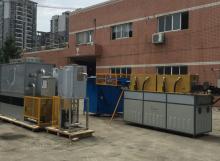
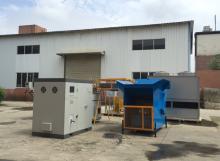
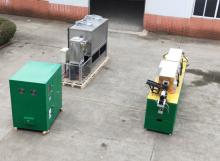
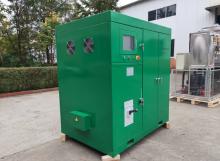
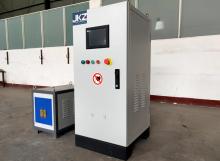
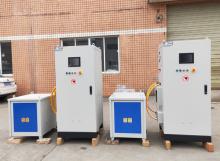
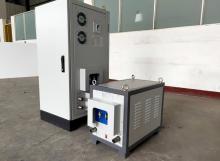
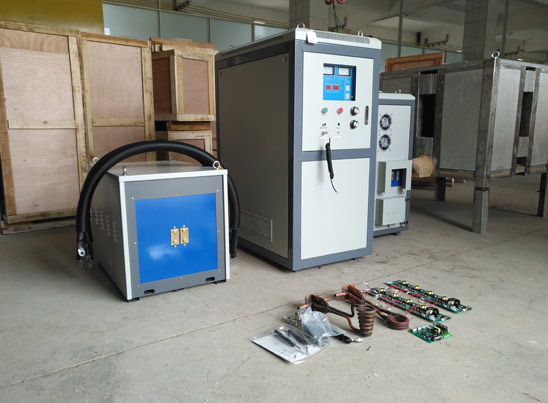
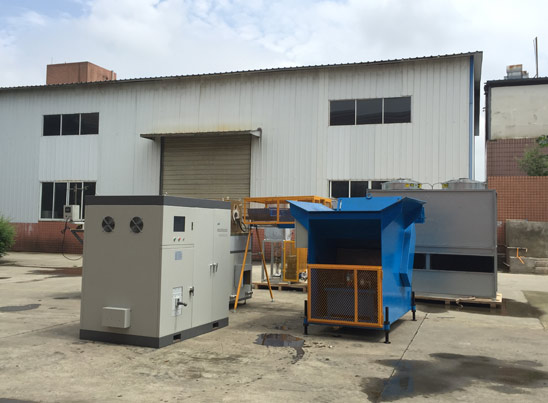

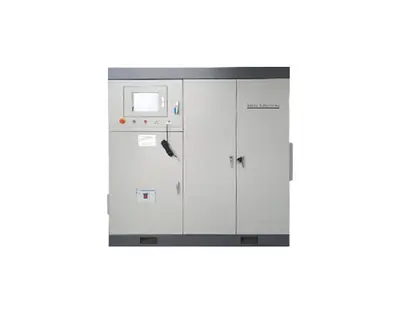



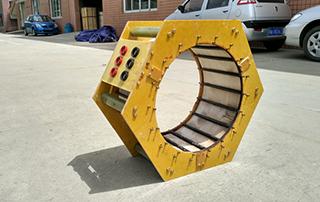

 Call us on:
Call us on:  Email Us:
Email Us:  NO. 688th South Baoguang Road, Xindu District, Chengdu City, Sichuan Province, China
NO. 688th South Baoguang Road, Xindu District, Chengdu City, Sichuan Province, China